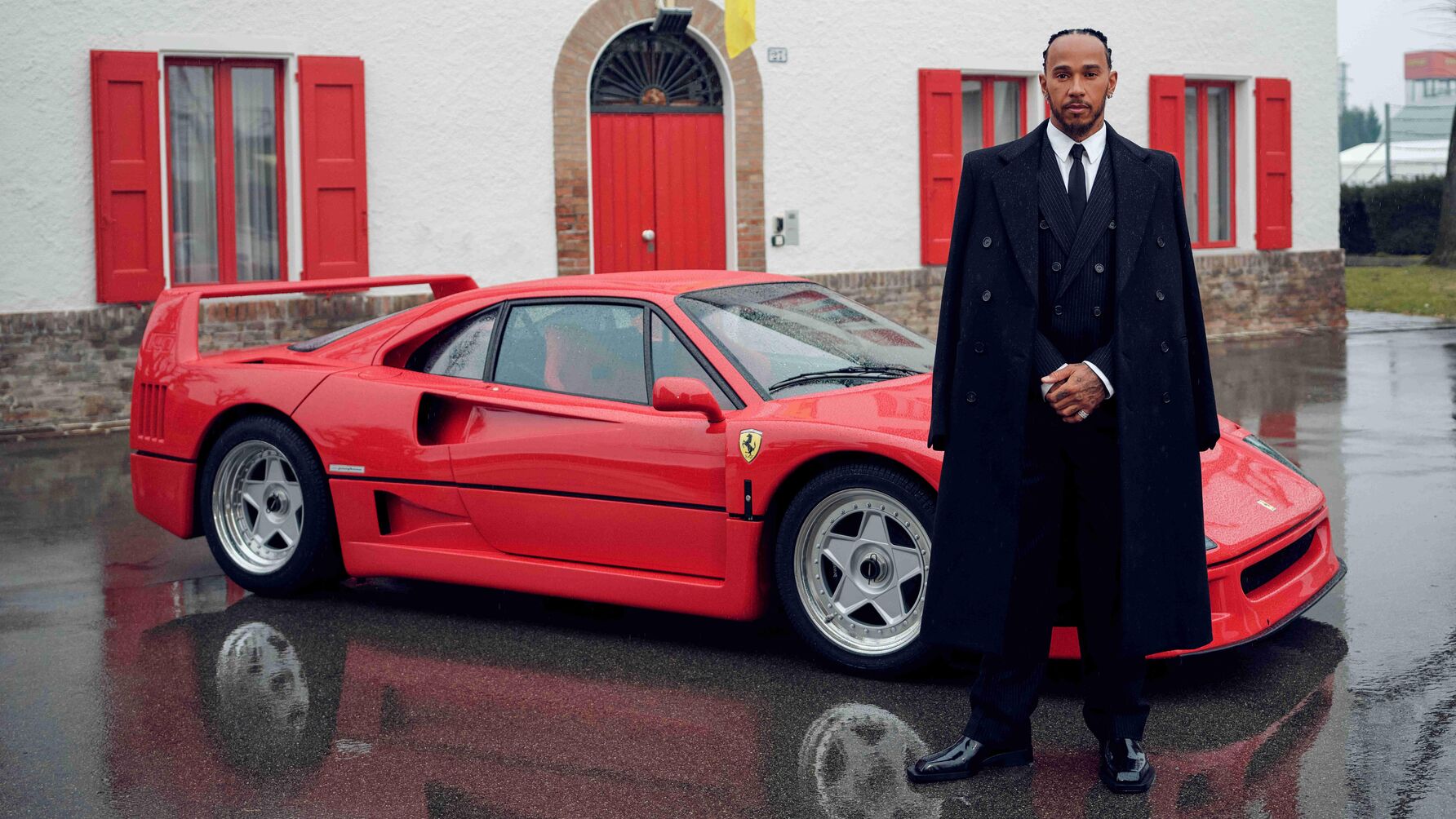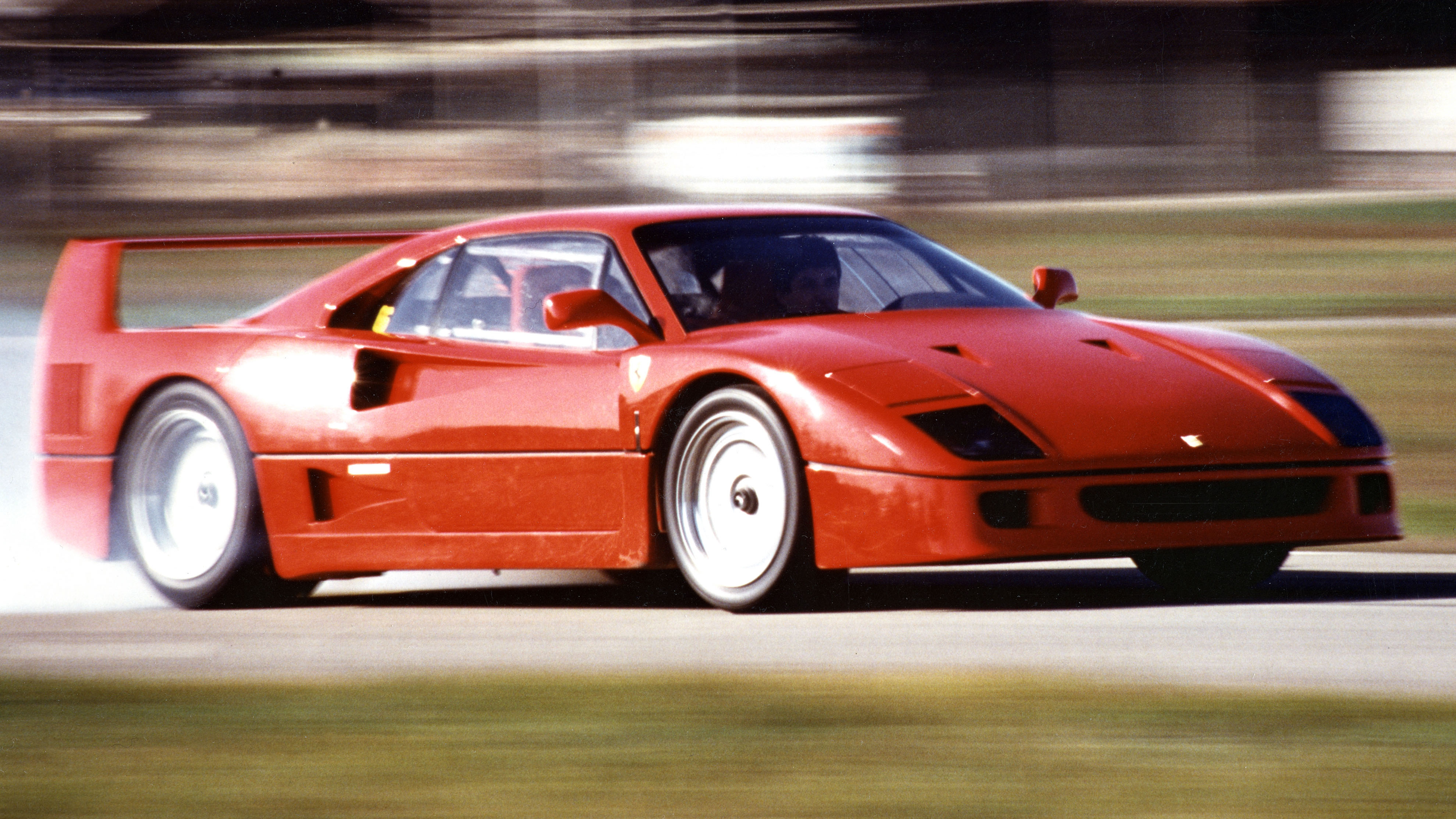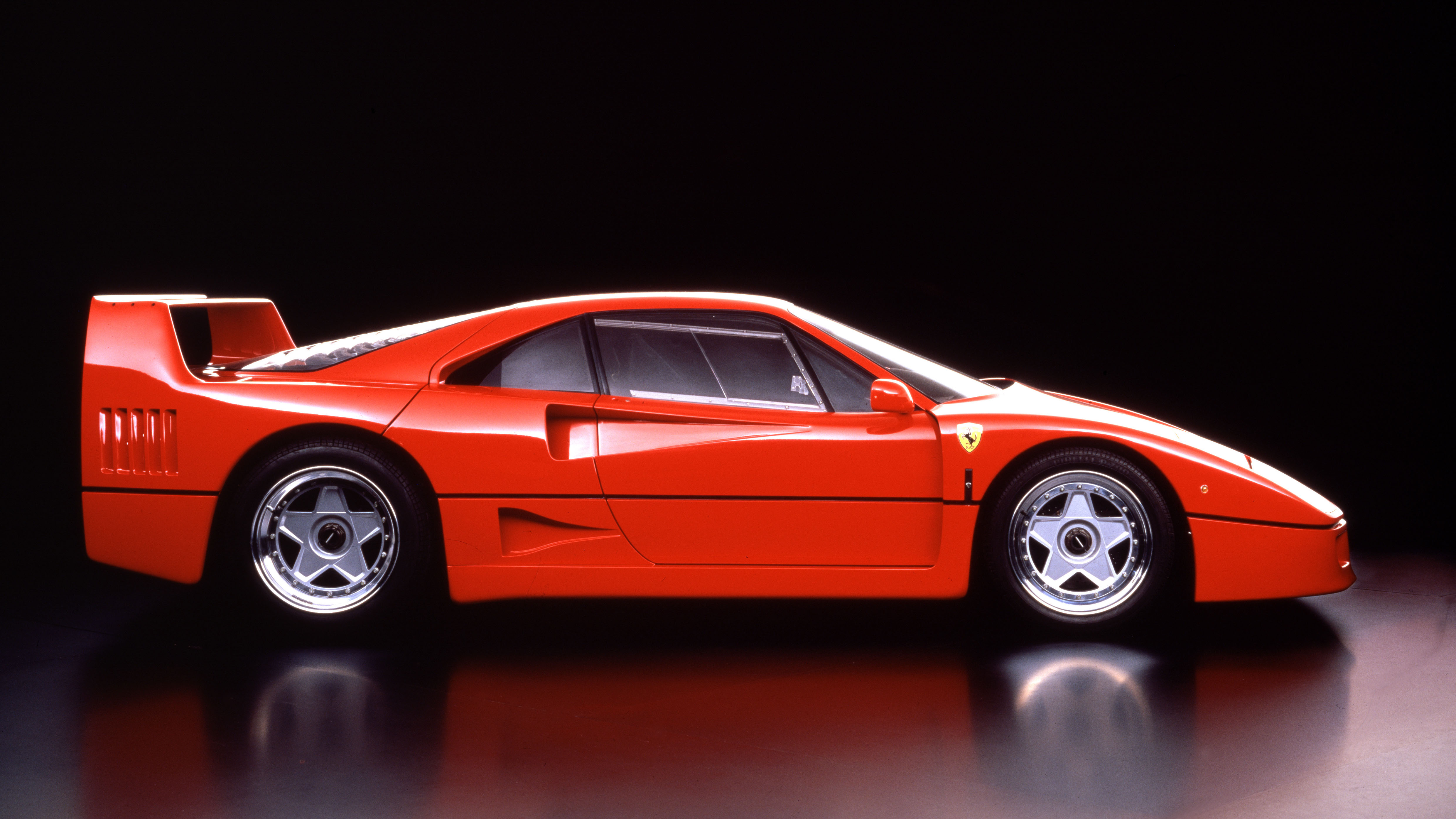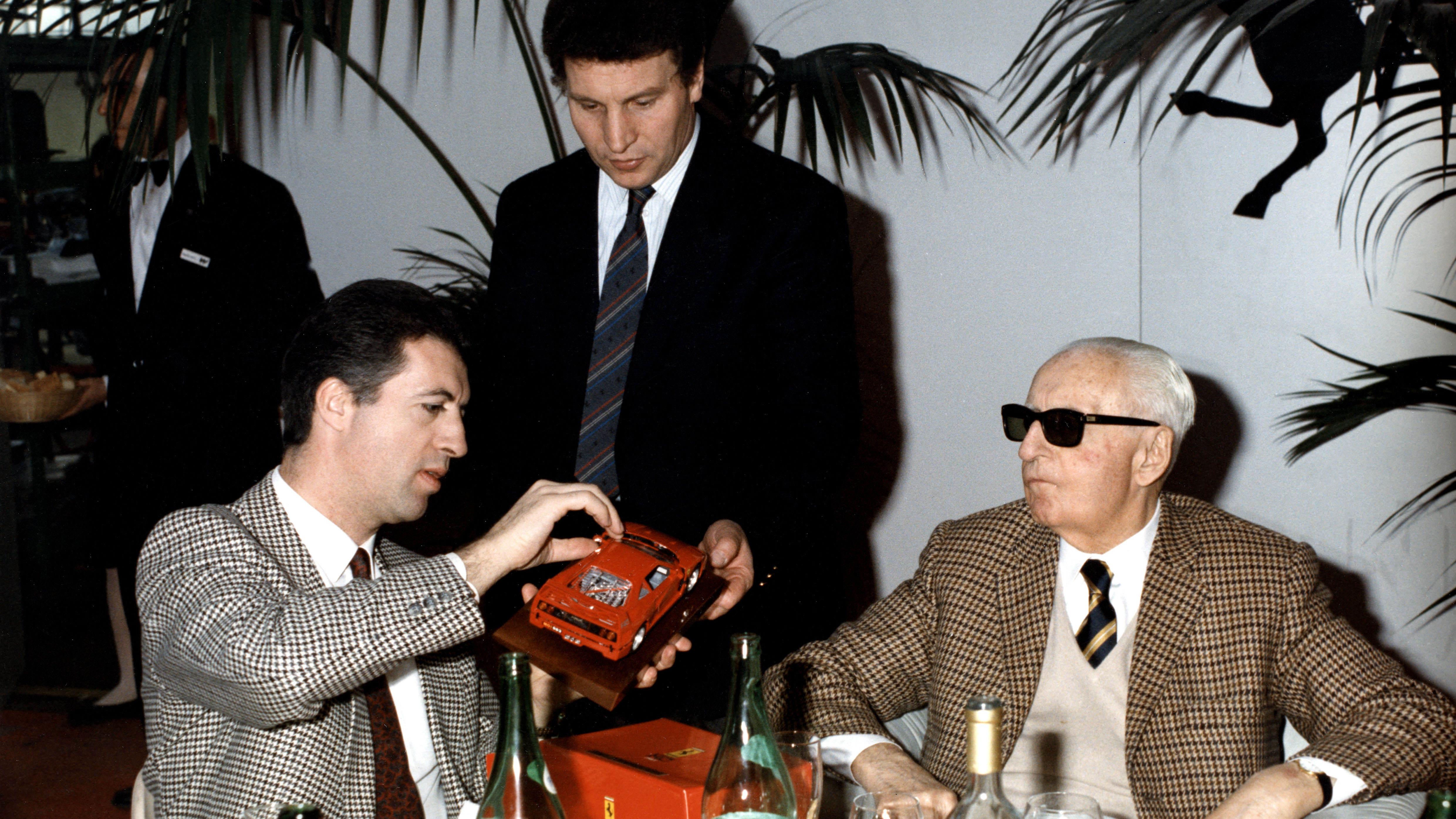
How to drive a Ferrari F40
Clue: very carefully. Top Gear's guide to Ferrari's occasionally wayward late-Eighties masterpiece
What's a Ferrari F40?
A supercar rarely far from our thoughts. That’s only right and proper because it’s truly one of the all-time greats. But it’s been even more present than usual of late for various reasons we shan’t dwell on here. What further excuse do we need to salute the occasionally wayward majesty of Ferrari’s late-Eighties masterpiece?
Few cars have a more formidable reputation than the F40. Gerhard Berger, who was racing for Scuderia Ferrari in 1987, noted the F40 was “very easy to drive… if you are experienced with racing cars". Berger was a renowned practical joker, who once famously threw Ayrton Senna’s briefcase out of a helicopter. But in this instance he was being deadly serious.
So how should you approach the F40?
Well, it accelerates savagely, like something from one of those brilliantly anarchic Looney Tunes cartoons. Its twin IHI turbos whoosh, whistle and hiss, goading the driver into ever greater acts of devilry. (The F1 team used KKK turbos but Ferrari reckoned the IHIs were more driveable. Which makes you wonder what the F1 guys had to deal with.)
It’s not a racing car and it was never intended to be one, unlike its predecessor, the 288 GTO. But it still feels very racy, partly because of how it sounds, mostly down to how it behaves. The F40 responds to a firm hand but also needs a certain delicacy. It’s not a car you throw around, but like other mid-engined Ferraris you do still need to boss it a bit, or it’ll enjoy having the upper hand. Timidity has no place here.
The minimalism that is the car’s leitmotif is also apparent in how the F40 moves. The steering and brakes are unassisted, the clutch heavy. But it’s so light and agile that you barely notice. In fact, compared to a contemporary supercar the level of feel and the commitment you need really is truly intoxicating.
What happens when you up the tempo?
The steering comes alive. It’s a paragon of communication, although the driving position itself is slightly odd. As with everything else, confidence is a preference for fast, efficient gearchanging. Before long you’ll be dialled into the car, marvelling at how immediate everything feels. The chassis is stiff and it’s noisy as hell in an F40 at speed, but it rides surprisingly well.
The rapidity with which the turbos spool up sure focuses the mind. Even on a dry road the F40 can visit vengeance upon the unwary in the blink of an eye. On a wet one, well, abandon hope all ye who enter here. (That’s from Dante’s Inferno, appropriately enough.)
Interestingly, it was the F40 that Sir Lewis Hamilton chose to be pictured with for his first day with his new employers. Apparently it’s his favourite car. Respect.

What's it made of?
The F40 used contemporary F1 technology, with Kevlar panels bonded onto a tubular steel space-frame chassis. The doors, bonnet and boot-lid are all made of carbon fibre. Gordon Murray once did a full analysis and was struck by its simplicity of construction. This might be slightly euphemistic. It’s certainly another reason to avoid falling off the road in one. In 1987, your knees were still part of a car’s crumple zone.
The dashboard is also incredibly simple, with just the instrument dials you need and nothing else. There’s no radio. What would be the point? You’re permanently tuned to Whooooosh FM.
Top Gear
Newsletter
Thank you for subscribing to our newsletter. Look out for your regular round-up of news, reviews and offers in your inbox.
Get all the latest news, reviews and exclusives, direct to your inbox.
Talk to me about that twin-turbo V8.
Known internally as the F120A, the engine is the dominant element of the F40’s personality and it’s worth a long look. The 2,936cc V8 produces 478bhp and 425lb ft of torque. It’s mounted longitudinally to accommodate equal length exhausts and those famous turbos. The block, cylinder heads, cam covers, and intake manifolds were cast in Silumin alloy in the Maranello foundry, while the crank was machined out of a solid steel billet. Yep, Maranello has its own foundry.
The F40 was overseen by the late, great ingegnere Nicola Materazzi. He was an early advocate of turbocharging, his expertise being one of the reasons Enzo Ferrari hired him, in 1979. “I remember the first Saturday morning, entering the office at 8am,” he recalled of the F40 project. “I thought I would be alone, because I had asked only a few of my team to come in and help… When I arrived my whole team was there waiting for me and excited about the challenge. These were the people who made Ferrari great."
Developed in less than a year, Enzo Ferrari gave the F40 development team an unusual degree of freedom. That was part of his promise to Materazzi, who had grown weary of Fiat’s meddlesome ways when he was there. The last car done under Enzo’s watch, the Old Man really was pretty old by this point, and happy to let them get on with things.
Hit me with some numbers.
Weighing just 1,250kg dry, the F40 could hit 60mph in 3.7 seconds. More significantly, Ferrari claimed a top speed of 201mph, which was the sort of thing that could go viral long before the term gained traction. Point of fact, the F40 was the first production car to break the 200mph threshold, though we’re unaware of anyone who’s ever managed it.
The F40 was named to honour the company’s 40th anniversary. Ferrari intended to manufacture 400, but production topped 1,311 units by the end of its run in the early Nineties. Not all of them survive, and their numbers are… erm, dwindling.
Trending this week
- Car Review
BMW iX3










